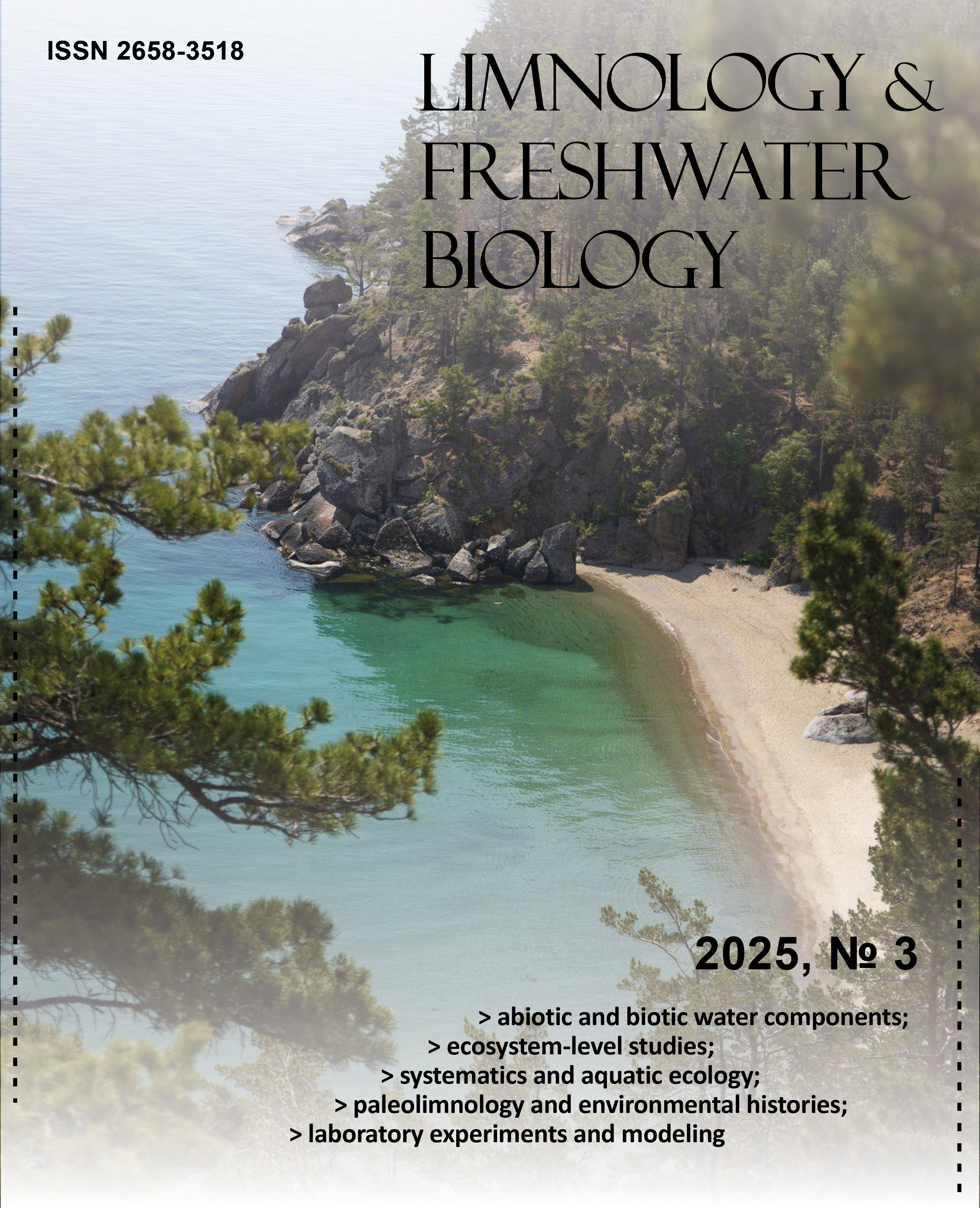Availability and Marketing System of Fish and Crustaceans in an Urban Fish Market: A Study on Retail Practices
DOI:
https://doi.org/10.31951/2658-3518-2025-A-3-259Keywords:
Fish Market, Marketing channels, Fish diversity, Income, Profit MarginAbstract
The marketing system and structure significantly impact the socio-economic conditions and production systems of local communities. Hence, this study aimed to explore the diversity of fish and crustacean species and the marketing system in the urban fish market known as Alexander Fish Market in Lakshmipur. During the study, 32 fish species and 3 crustaceans were identified, representing 35 genera, 21 families, and 11 orders. The majority of species belonged to the orders Cypriniformes (family Cyprinidae) and Siluriformes (families Bagridae and Ailiidae). Among the recorded species, a total of 3 species have been reported as Endangered (EN), 3 as Vulnerable (VU), 4 as Not Listed (NL), 6 as Not Threatened (NT), and 19 as Least Concern (LC). The fish distribution chain involved intermediaries such as beparies, aratders, wholesalers, and retailers. Three types of marketing channels were identified in the study. The average marketing cost, income, and profit for retailers were BDT 97.14/day, BDT 792.71/day, and BDT 695.57/day, respectively. Fish pricing depended mainly on market structure, species quality, size, weight, and season. The average prices per kg for different fish species were recorded as follows: Ilish (BDT 1200±17.89), Ayre (BDT 915±8.64), Bacha (BDT 847±8.24), Ghagra (BDT 816±7.94), Khorsula (BDT 830±5.63), Golda Chingri (BDT 855±8.45), Bagdha Chingri (BDT 712±7.11), Chiring (BDT 715±6.15), and Gang Tengra (BDT 725±8.25). Major challenges in fish marketing included the use of unhygienic ice, lack of financial support from the government and NGOs, and poor knowledge of fish handling and transportation. Organizational and government support, along with extension services on fish preservation, handling, icing, and curing, are crucial for enhancing fish marketing and improving fish quality.
Downloads
Published
Issue
Section
License
Copyright (c) 2025 Limnology and Freshwater Biology

This work is licensed under a Creative Commons Attribution-NonCommercial 4.0 International License.

This work is distributed under the Creative Commons Attribution-NonCommercial 4.0 International License.






